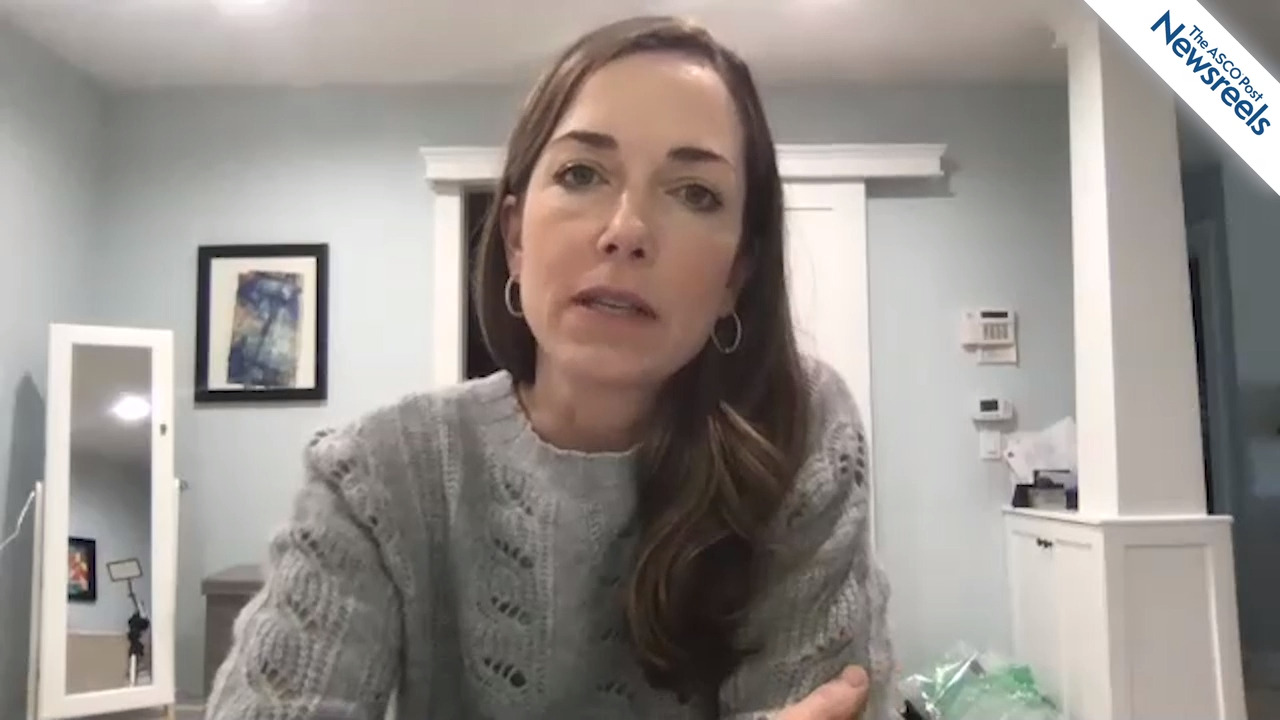Christopher D'Avella, MD, on Utilizing a Specialized Urgent Care Center for Patients With Cancer
NCCN 2020 Virtual Annual Conference
Christopher D'Avella, MD, of Fox Chase Cancer Center, discusses the impact of his institution’s oncologic urgent care center, designed to triage patients and prevent hospital admissions. Patients who presented to the direct referral unit had lower health-care expenses vs those who went to the emergency department (Abstract HSR20-081).
The ASCO Post Staff
Sara A. Hurvitz, MD, of the University of California, Los Angeles, discusses racial differences in self-reported outcomes of patients with HER2-negative, locally advanced or metastatic breast cancer and a germline BRCA1/2 mutation who received talazoparib vs physician’s choice of chemotherapy (Abstract CLO20-039).
The ASCO Post Staff
Karen Wonders, PhD, of Wright State University, discusses the safety and efficacy of exercise during cancer treatment in minimizing toxicities and addressing the short- and long-term effects of cancer therapy. Dr. Wonders suggests that exercise becomes a standard of care for patients with cancer (Abstract HSR20-110).
The ASCO Post Staff
Apar Kishor Ganti, MD, of the University of Nebraska Medical Center, discusses his study findings, which show that alectinib was associated with longer treatment persistence and comparable adherence to other ALK inhibitors (Abstract HSR20-084).
The ASCO Post Staff
Hope S. Rugo, MD, of the University of California, San Francisco, discusses an integrated analysis of five clinical trials, in phases I through III, for a variety of advanced cancers. Findings show that patients treated with talazoparib monotherapy had lower hospitalization rates (compared to those receiving chemotherapy) and used less supportive care medication (Abstract CLO20-052).
The ASCO Post Staff
Barbara DeVivo, PhD, MBA, of Westmont College, talks about how the culture and structure of tumor boards—and their invisible status hierarchies—may hamper collaboration and influence the way providers treat patients with cancer (Abstract BPI20-020).





